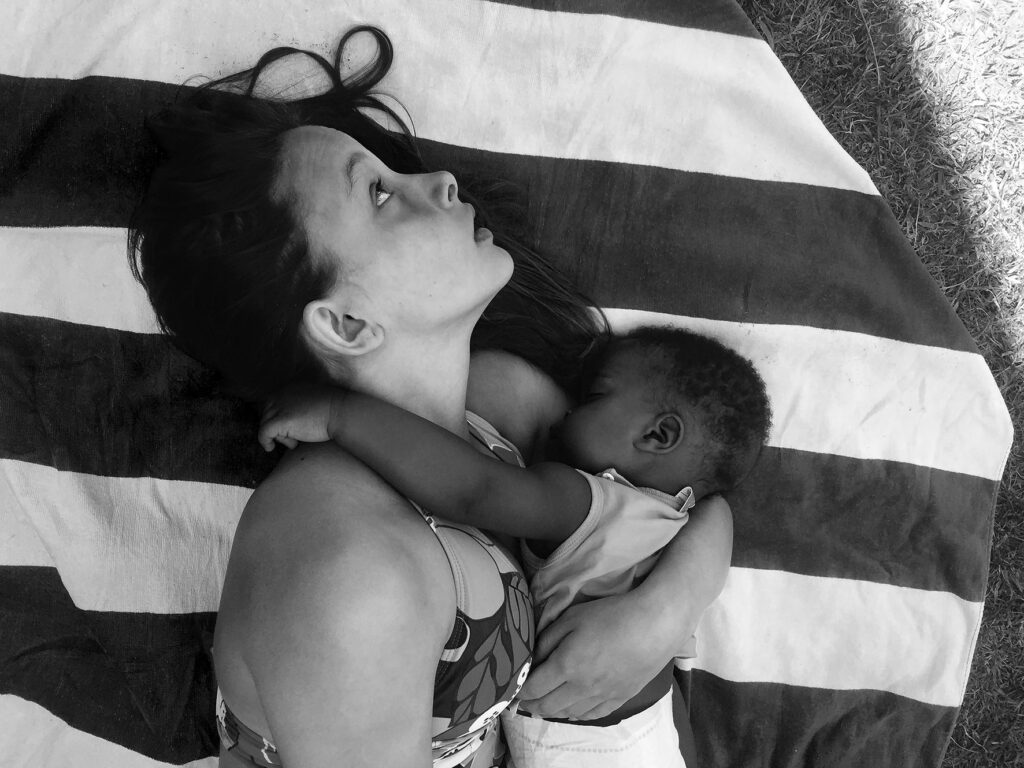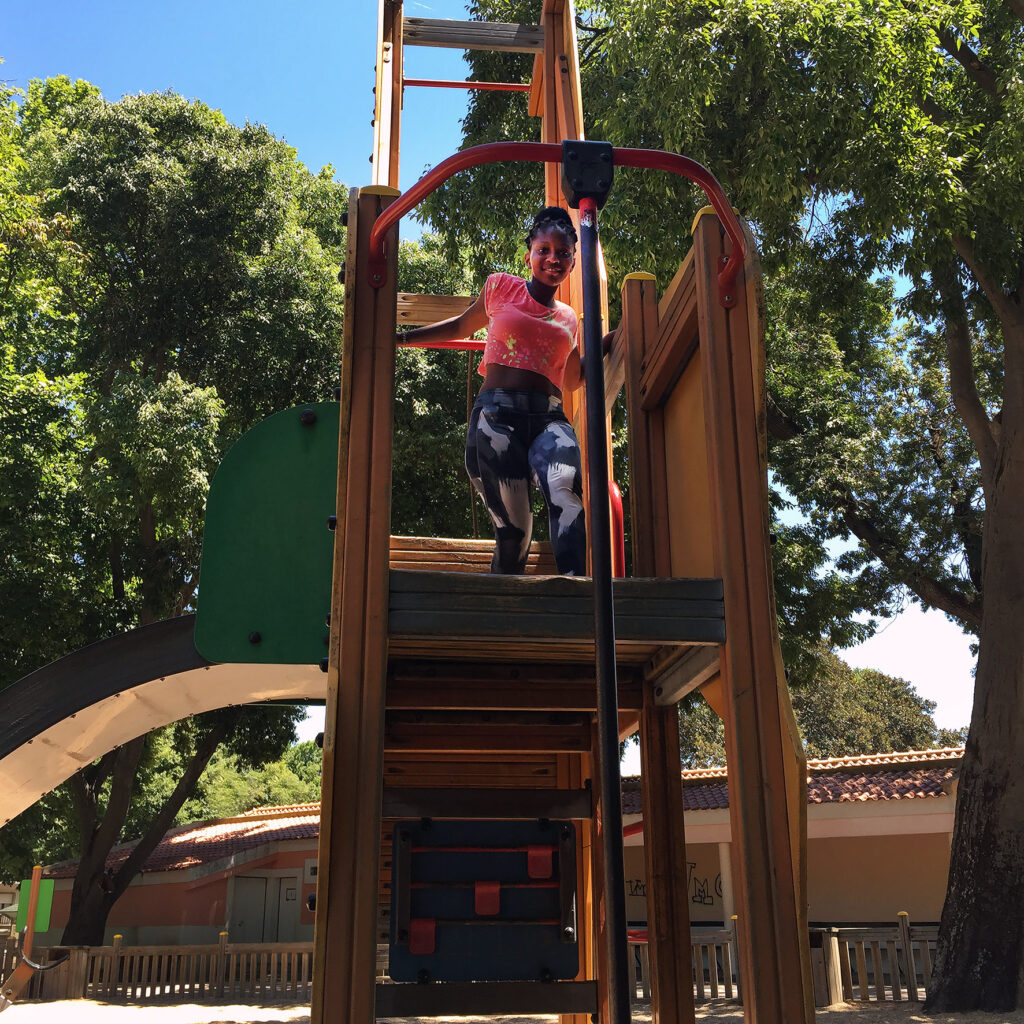Perspectives

Tellurian Spontaneity: Humaneness in the Cataphatic Works of Maria Bourbou
Aias Christofis
Art Theorist and Art Historian
In another article I attempted to permeate the photographic works of Maria Bourbou (Epiphania, 2019) by reading her apophatic abstract imagery through the lens of a Heideggerian world-image and the critical theories of Russian Formalism, abiding in the Shklovsky’s technique of defamiliarization: via these quiet works of telluric concreteness with their earthen blocks of granite surfaces and their silent extents of abstracted geomorphology, Bourbou laboriously achieves to poetically dis-cover and re-cover the Earth.
Through her defamiliarizing approach (unorthodox camera angles, imaginal abstraction, vigorous light and shadow dialectic etc.), by formally alienating and thus disclosing the liminal surface (epiphania) of both the macrocosmic and the microcosmic – that is the geosphere or even the human body – Bourbou paradoxically unravels and ultimately brings to light the hidden essence of things, the intangible bowels of Being: the earth is openly illuminated as itself only where it is apprehended and preserved as the essentially un-disclosable, as that which withdraws from every disclosure, in other words, keeps itself constantly closed up.*1
Thus she re-introduces again the earthly element -Earth in itself- into the oneiric and phantasmagorical cosmos of dreamlike modernity and post-modernity without hopelessly slogging back to a biomorphic imagery of representational art. In this sense, we discovered in these uncanny works of Bourbou an apophatic approach to nature’s un-veiling and the un-covering of the Earth.
In her newly-presented series titled Little Moments, Bourbou creatively introduces a new imaginative direction of her artistic oeuvre via a cataphatic approach to the earthbound humanness of the human being. In 2015 (whilst she lived in Lisboa and volunteered to teach photography and English at the Apoio à Vida Association), she effortlessly captured – vividly reminiscent of the social photography of Walker Evans in a 21th century’s context – and aesthetically un-raveled the uninterested becoming of young women in ephemeral moments of blithe spontaneity By the morphic stabilization of the human form in the care-free movement of flyway youth, Cybelean motherhood and earthly lightness, Bourbou nonchalantly reclaims the humane element by directly referring to the inherent benevolence of mankind: the impermanent essence of time and the flowering of youth, as well as the innermost warmth of free-flowing human life, handed down from an ever-growing generation.
Instead of the apophatic extra-terrestrial environments and negative defamiliarized landscapes of her previous works (in which even if the human form is depicted like in her monochromatic Nudes, it still entails a formally alienated and abstract tint of the disclosed otherness of the Earth), Bourbou’s cataphatic portraits of mirthful young girls (in natural and urban play-grounds) and the positive encapsulation of re-generating transience brightly re-open and un-veil again the cryptic manuscript of the Earth, now in a different poetical language: that of the rediscovered Earth as springing life itself; of a tranquil tellurian spontaneity.
A Pyrrhic victory of the humane and the human against the inhumane and the non-human.
*1 1 M. Heidegger, The Origin of the Work of Art, The Work and Truth, 25.

